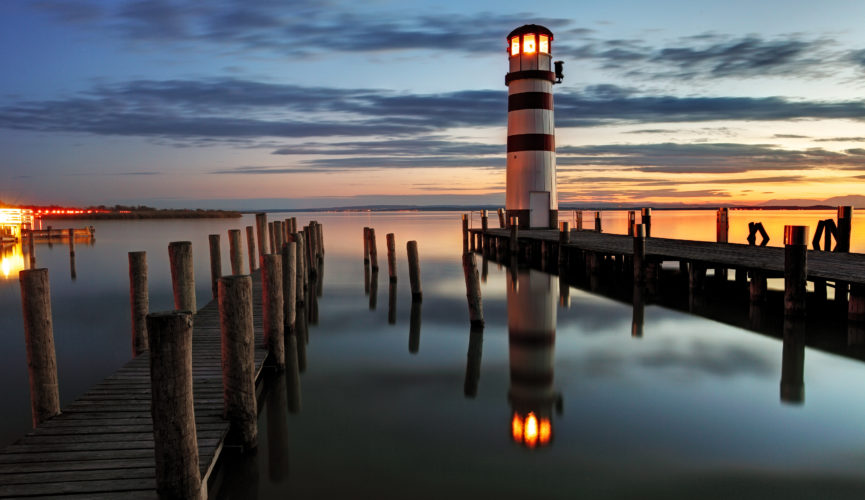Before the development of clearly defined ports, mariners were guided by fires built on hilltops. Since raising the fire would improve the visibility, placing the fire on a platform became a practice that led to the development of the lighthouse. In antiquity, the lighthouse functioned more as an entrance marker to ports than as a warning signal for reefs and promontories, unlike many modern lighthouses.
The modern era of lighthouses began at the turn of the 18th century, as lighthouse construction boomed in lockstep with burgeoning levels of transatlantic commerce. Advances in structural engineering and new and efficient lighting equipment allowed for the creation of larger and more powerful lighthouses, including ones exposed to the sea. The function of lighthouses shifted toward the provision of a visible warning against shipping hazards, such as rocks or reefs.
The Eddystone Rocks, an extensive reef near Plymouth Sound, England and one of the major shipwreck hazards for mariners sailing through the English Channel, was the site of many technical and conceptual advances in lighthouse construction. The difficulty of gaining a foothold on the dangerous rocks, particularly in the predominant swell, meant that it was a long time before anyone attempted to place any warning on them.
The first attempt was an octagonal wooden structure, anchored by 12 iron stanchions secured in the rock, and was built by Henry Winstanley from 1696 to 1698. The tower ultimately proved short-lived and the Great Storm of 1703 erased almost all trace of it. Following the destruction of the first lighthouse, a Captain Lovett acquired the lease of the rock, and by Act of Parliament was allowed to charge passing ships a toll of one penny per ton. He commissioned John Rudyard (or Rudyerd) to design the new lighthouse, built as a conical wooden structure around a core of brick and concrete. A temporary light was first shone from it in 1708 and the work was completed in 1709. This proved more durable, surviving until 1755 when it burnt to the ground.
Scottish engineer Robert Stevenson was a seminal figure in the development of lighthouse design and construction in the first half of the 19th century. In 1797, he was appointed engineer to the newly formed Northern Lighthouse Board, the Lighthouse Authority for Scotland and the Isle of Man. His greatest achievement was the construction of the Bell Rock Lighthouse in 1810, one of the most impressive feats of engineering of the age. This structure was based upon the design of the earlier Eddystone Lighthouse by John Smeaton, but with several improved features, such as the incorporation of rotating lights, alternating between red and white.
